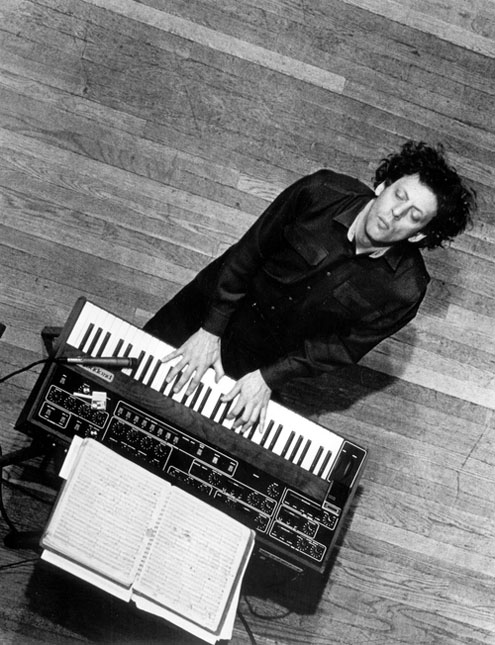From “A Little Device Trying to Read Your Thoughts,” David Ewing Duncan’s New York Times article about Stephen Hawking adopting the iBrain:
“Already surrounded by machines that allow him, painstakingly, to communicate, the physicist Stephen Hawking last summer donned what looked like a rakish black headband that held a feather-light device the size of a small matchbox.
Called the iBrain, this simple-looking contraption is part of an experiment that aims to allow Dr. Hawking — long paralyzed by amyotrophic lateral sclerosis, or Lou Gehrig’s disease — to communicate by merely thinking.
The iBrain is part of a new generation of portable neural devices and algorithms intended to monitor and diagnose conditions like sleep apnea, depression and autism. Invented by a team led by Philip Low, a 32-year-old neuroscientist who is chief executive of NeuroVigil, a company based in San Diego, the iBrain is gaining attention as a possible alternative to expensive sleep labs that use rubber and plastic caps riddled with dozens of electrodes and usually require a patient to stay overnight.
‘The iBrain can collect data in real time in a person’s own bed, or when they’re watching TV, or doing just about anything,’ Dr. Low said.”
••••••••••
Main title music by Philip Glass for Errol Morris’ 1991 Hawking film:


